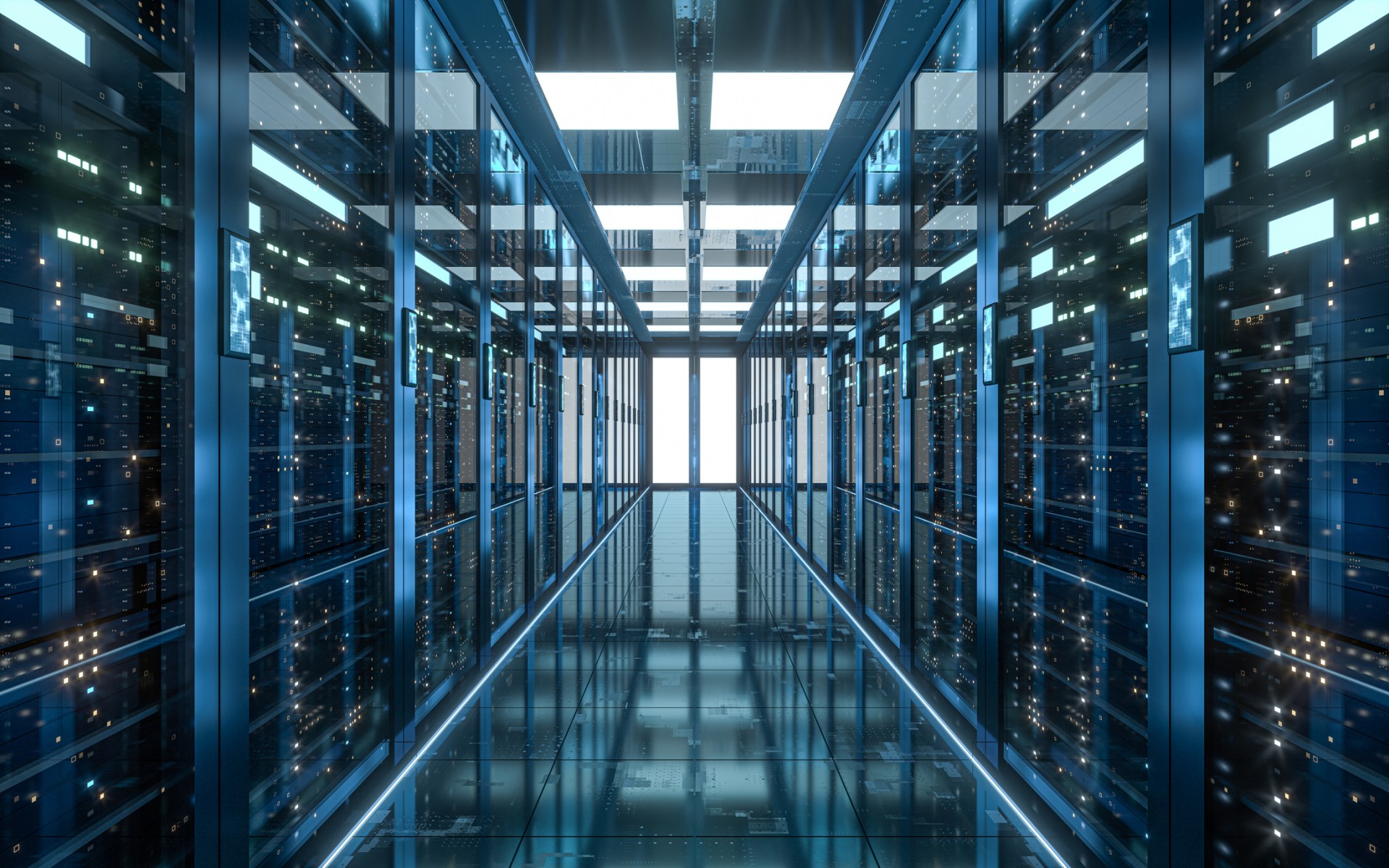Data centers are inherently much less hazardous than some working environments (e.g. construction sites). Even so, they do present hazards that need to be managed. With that in mind, here is a quick guide on how to ensure data center health and safety.
Understanding the risks of data centers
Data centers house complex infrastructure and high-density equipment. This means that they pose a very specific range of risks to personnel. Here are the five main ones.
Heat exposure: Although data centers implement robust cooling systems, heat exposure can pose a risk to personnel working in close proximity to the equipment.
Electrical hazards: Exposure to high-voltage electricity poses a severe risk of electric shock, burns, and even fatalities. Additionally, improper handling of electrical equipment or overloading circuits can lead to short circuits and fires.
Fire risks: The presence of numerous electrical components and the high concentration of heat-generating equipment increase the risk of fire in data center environments. The rapid spread of fire in such environments can pose a grave threat to the safety of data center staff.
Air quality concerns: Data centers require controlled airflow to maintain optimal operating conditions for equipment. The circulation of air within these environments can, however, lead to the accumulation of airborne contaminants such as dust, particulate matter, and volatile organic compounds (VOCs). Prolonged exposure to poor air quality can cause respiratory issues and exacerbate existing health conditions.
Chemical exposure: Data centers often utilize various chemicals for cleaning, maintenance, and fire suppression purposes. Improper handling or accidental spills of these chemicals can result in exposure to hazardous substances, leading to skin irritation, respiratory problems, or more severe health issues.
Best practices for maintaining data center health and safety
The details of managing data center health and safety can be complex. At a fundamental level, however, all the measures needed to ensure data center health and safety typically relate to one or more of the following 10 key best practices.
Appropriate employee training: Comprehensive training programs equip personnel with the knowledge and skills necessary to work safely in data center environments. Training sessions should cover topics such as hazard recognition, emergency procedures, equipment operation, and best practices for maintaining health and safety standards.
Regular safety briefings and updates: Continuous education through regular safety briefings and updates is crucial for reinforcing safety protocols and keeping personnel informed about any changes or developments in procedures or regulations. These briefings serve as opportunities to address emerging risks, share lessons learned from incidents, and reinforce a culture of safety within the organization.
Proper use and maintenance of equipment: Strict adherence to manufacturer guidelines for the installation, operation, and maintenance of equipment is key to preventing accidents and equipment failures. Regular inspections, preventive maintenance schedules, and prompt repairs are essential to ensure the reliability and safety of critical infrastructure components.
Personal protective equipment (PPE): Providing appropriate personal protective equipment, such as gloves, safety glasses, helmets, and ear protection, is essential to mitigate risks associated with handling equipment and working in potentially hazardous environments. Personnel should be trained in the correct use and care of PPE to maximize its effectiveness.
Temperature and humidity regulation: Maintaining optimal temperature and humidity levels is essential for preserving the integrity and functionality of data center equipment. Proper HVAC systems, temperature monitoring, and humidity control measures help prevent equipment overheating, condensation, and corrosion, while also creating a comfortable working environment for personnel.
Air filtration systems: High-efficiency air filtration systems are critical for removing airborne contaminants and particulate matter from the data center environment. These systems help improve indoor air quality, reduce the risk of equipment damage due to dust accumulation, and safeguard personnel against respiratory issues associated with poor air quality.
Fire prevention and suppression systems: Implementing robust fire prevention measures, such as regular equipment inspections, proper cable management, and adherence to fire safety codes, is essential to minimize the risk of fire incidents in data centers. Additionally, installing automatic fire suppression systems, such as sprinklers or clean agent systems, and conducting regular fire drills contribute to swift and effective response in the event of a fire emergency.
Emergency response plans: Developing comprehensive emergency response plans that outline procedures for various scenarios, including fires, power outages, natural disasters, and medical emergencies, is essential to ensure a coordinated and efficient response. Personnel should be trained in emergency protocols, evacuation procedures, and roles and responsibilities during emergencies to mitigate risks and minimize potential harm.
Scheduled equipment checks: Implementing regular equipment checks and maintenance schedules helps identify and address potential issues before they escalate into safety hazards or equipment failures. These checks should encompass electrical systems, cooling infrastructure, fire suppression systems, and environmental controls to ensure optimal performance and reliability.
Routine facility inspections: Conducting routine facility inspections allows organizations to identify and rectify any potential hazards or deficiencies in the physical environment. Inspections should cover structural integrity, lighting, signage, emergency exits, and housekeeping practices to maintain a safe and orderly working environment for personnel.




